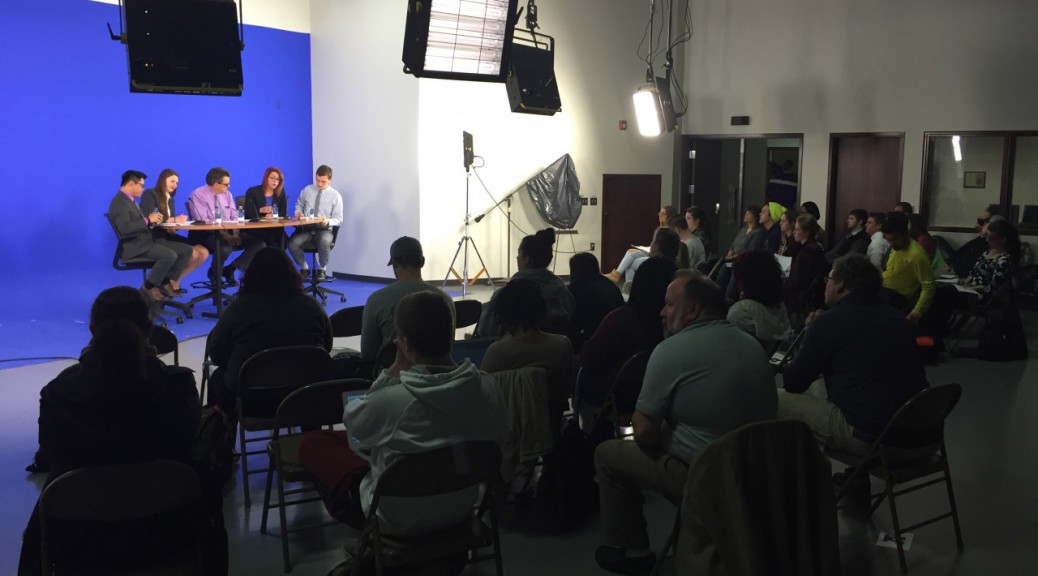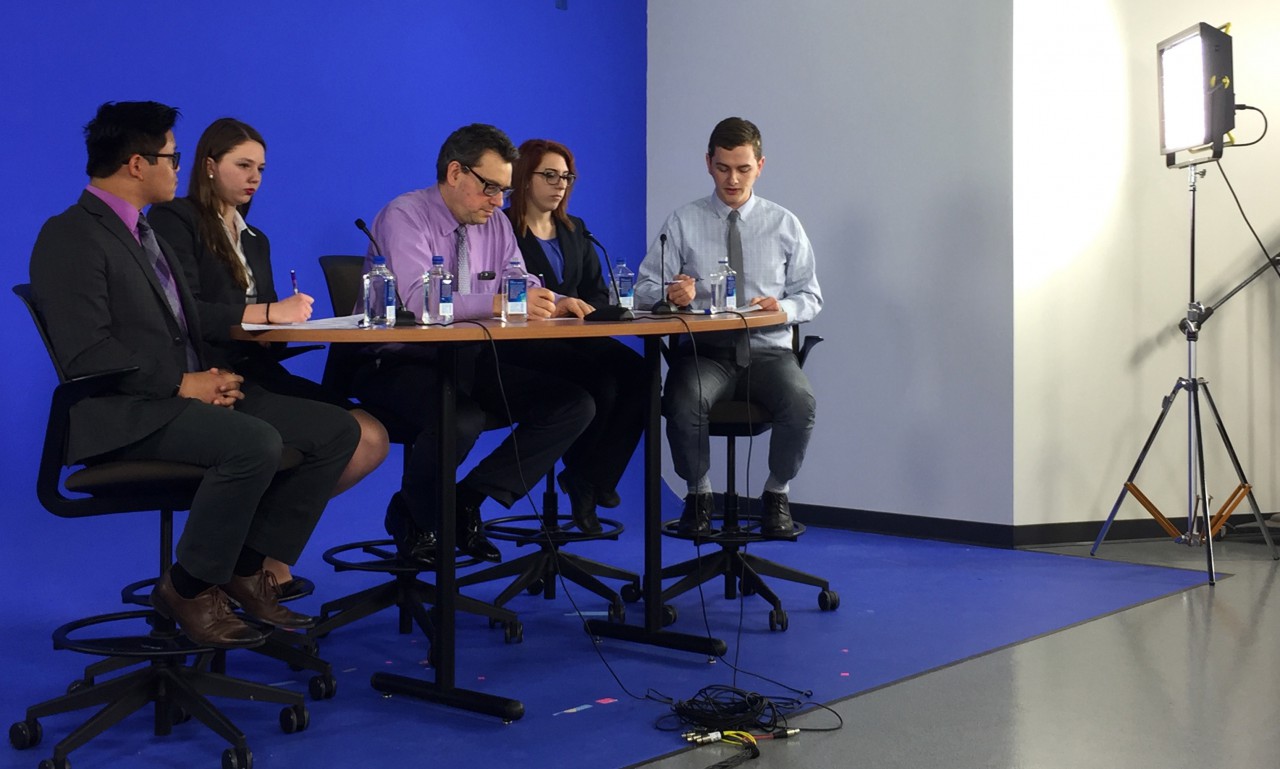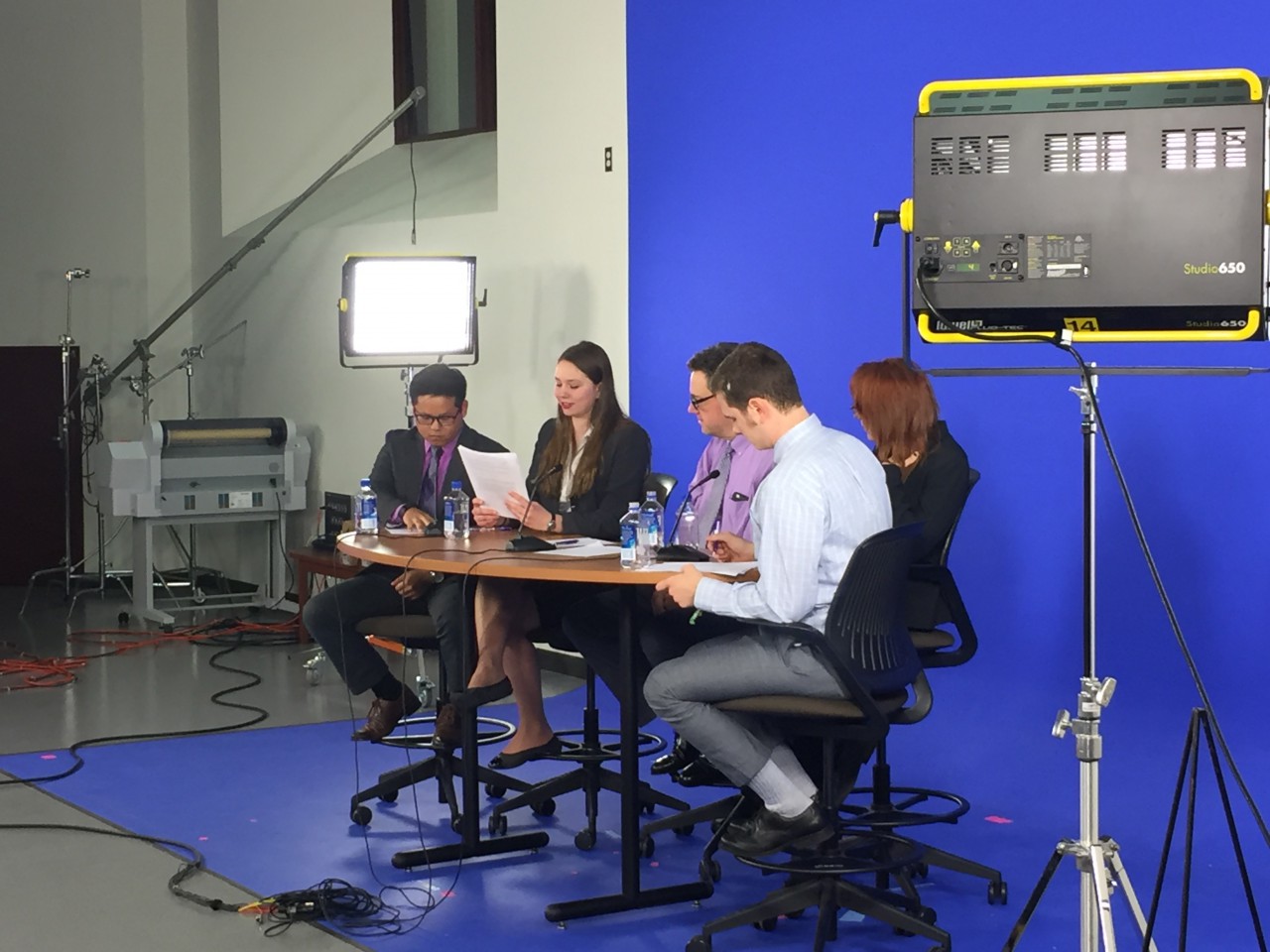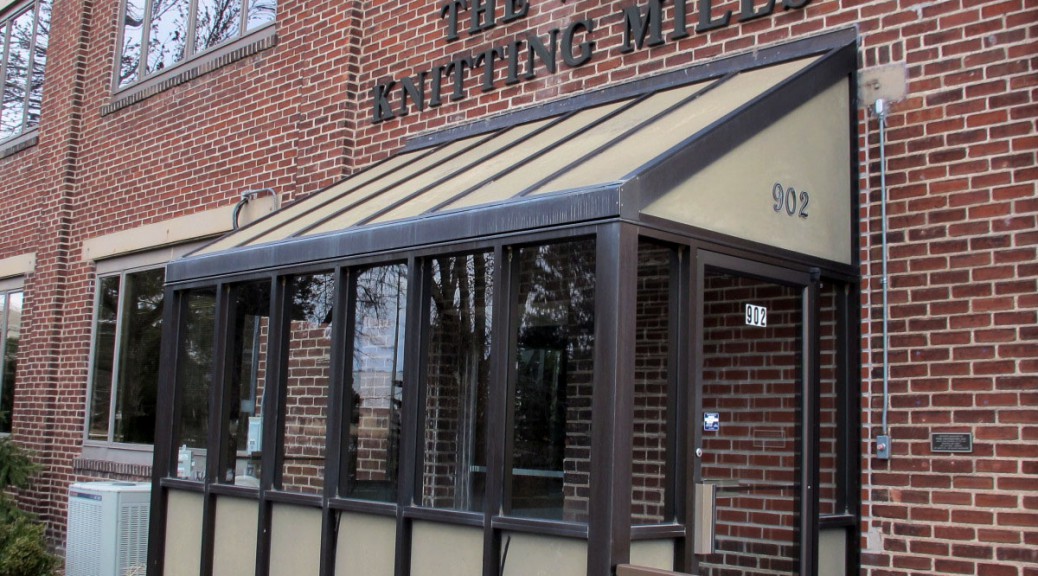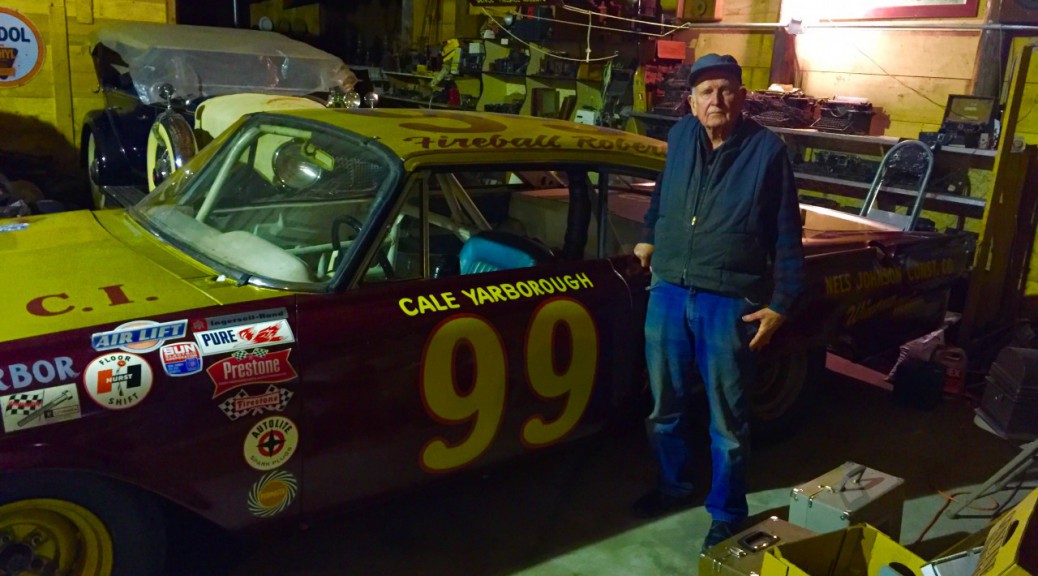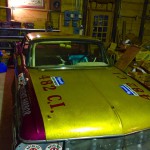By Phillip Pronschinske & Shane Carlson
Winona State University hosted its second Warrior Debate of the academic year this past Tuesday, March 15, in the Phelps Hall TV Studio. This debate focused on whether Winona State University should establish a social media code of conduct.
Each debate is led by a moderator, with each side given a limited amount of time to present their arguments.
First, those for and against the motion receive seven minutes respectively for opening statements. Next, there’s another seven minute period for rebuttals and questions posed by the moderator. This is followed by a brief period of questions from the audience. Finally, each side receives three minutes to make their closing arguments. Audience votes are taken before and after the debate using placards scanned by a tablet. The winner is determined immediately via tally.
Four Winona State students participated in Tuesday’s debate. Arguing for the motion were Benedict Linsenmeyer, a senior studying law and society, and Danielle Weiler, a senior majoring in individualized legal studies. Arguing against the motion were Duc Nguyen, a junior and Michaela Curley, a freshman, both of whom are majoring in business administration. Ken Graetz, WSU’s director of Teaching, Learning and Technology served as moderator.
During the debate, Curley and Nguyen argued against the motion on the grounds that Winona State’s current code of conduct already contains guidelines for appropriate social media use, therefore, establishing a new code would be redundant.
Arguing for the motion, Weiler and Linsenmeyer argued standards for social media conduct would not, in fact, limit speech, but rather encourage it and promote appropriate use.
WSU’s director of Student Conduct and Citizenship, Alex Kromminga, said an interesting aspect of the debate is students are not necessarily allowed to choose the position they argue.
“It really does take you out of your comfort zone,” he said.
Kromminga said the inspiration for these events came from a series of YouTube debates by a group called “Intelligence Squared.”
Vice President for Enrollment Management and Student Life Denise Lloyd-McDowell said once Kromminga brought the idea to a board meeting it grew bringing together different groups on campus.
“The Warrior Debates was a brainchild that came out of the Student Life and Development directors meeting,” McDowell said.
Afterward, the idea was brought to Student Senate, where Kromminga said the idea was so well-received, they felt they should contribute. He said senate had discussed the idea of a social media code of conduct before and was interested in getting student feedback. This led to their proposition of the debate’s theme.
Regardless of the importance of the issue, Kromminga said these events are more about the act of debating itself rather than the outcome of the vote.
“A big thing to glean from it is understanding how to develop an argument,” Kromminga said.
He also said decisions made by the voters in attendance may not necessarily result in any policy change.
“Even though there’s a voting aspect to the debate just to give a sense of accomplishment for either team, it doesn’t necessarily mean that the university is going to adopt a social media code of conduct,” Kromminga said. “It’s an idea to figure out, ‘Do we need to have more conversations, more education on how the campus views social media and our responsibilities in those realms?’”
Kromminga said the university hopes to continue having these debates each semester. If they garner more interest, there is the potential for more, and perhaps the formation of a new club on campus.
“Our hope is, is that this movement would be more student-driven,” he said. “We really do want students to kind of start taking a lead and thinking of different topics…we’re hoping students that come and observe will show more of an interest and want to take on the next go-around.”
McDowell said she is optimistic about the future.
“I’m excited that Winona State University can create this opportunity for students and find yet another way to help another group of students get engaged in the college experience,” she said.
Kromminga said he hopes that these events can pave the way for more debates in the future.
“I think it would definitely be something a lot of students could benefit from.”
Alex Kromminga on the advantages of these events:
Denise Lloyd-McDowell on her reactions to the event:
Duc Nguyen on his preparations for the debate:
